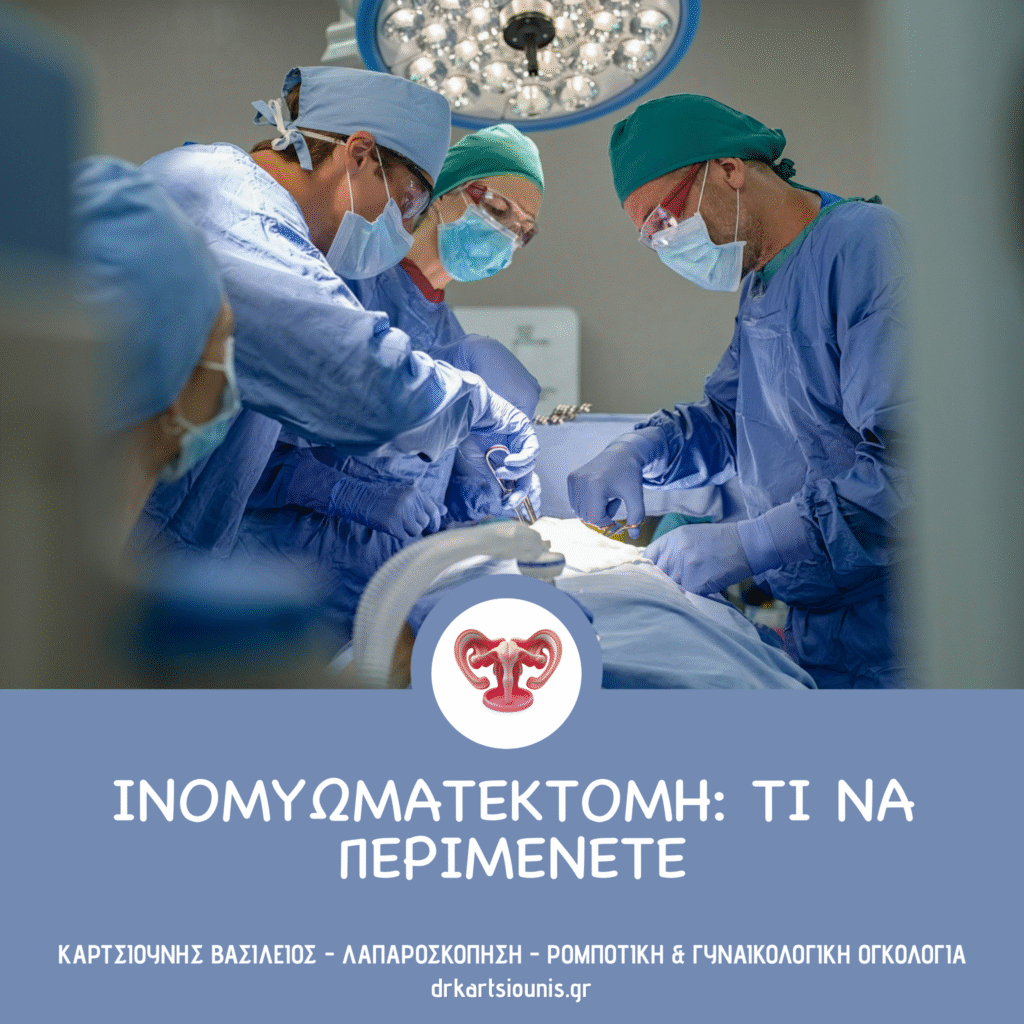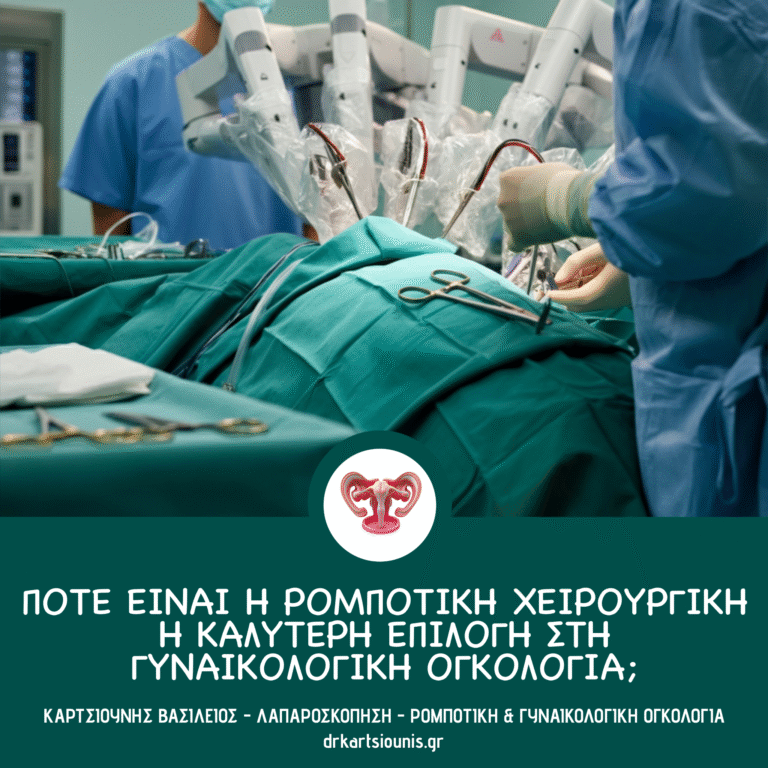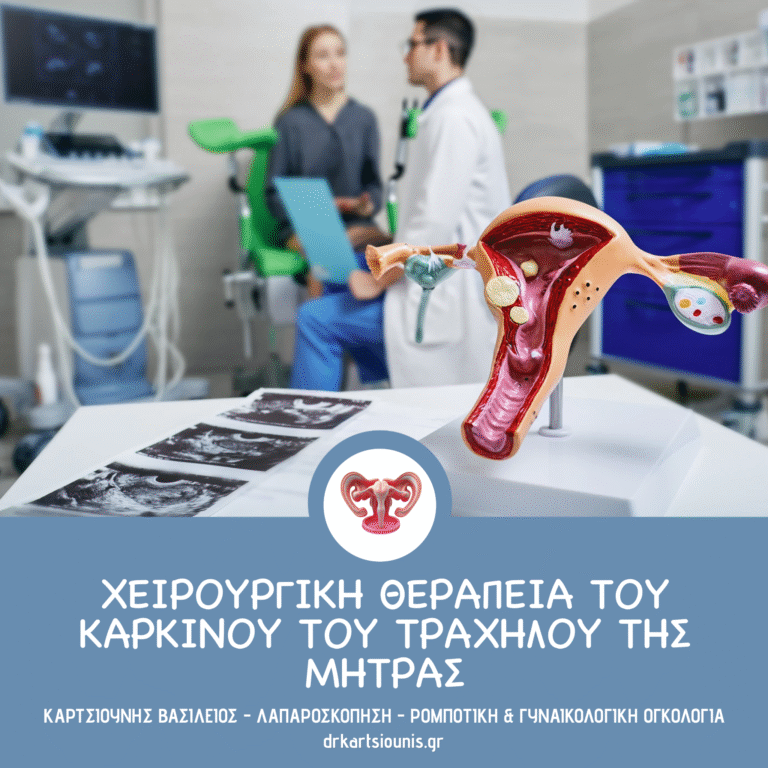Myomectomy is a surgical procedure that aims to remove fibroids from the uterus. Fibroids are benign tumors that may cause pain, increased menstrual flow, abdominal pressure, or fertility problems. Myomectomy offers a solution for women who wish to keep their uterus and get relief from symptoms.
Before Myomectomy
1. Exams and Planning
The gynecologist will order imaging tests, such as ultrasound or MRI, to accurately identify the number, location, and size of fibroids. This information is critical for proper surgical planning.
2. Discussion with the Surgeon
You will be informed about the available surgical approaches:
- Laparoscopic or robotic approach for smaller or fewer fibroids
- Open surgery for large or multiple fibroids
The doctor will explain the potential risks and benefits depending on your case.
3. Preparation for the Intervention
You may be asked:
- Do not consume food or liquids for a few hours.
- Follow instructions regarding taking medications
- Receive medications that shrink fibroids preoperatively (in selected cases)
After Fibromyectomy
1. Recovery in the Hospital
The length of stay depends on the method:
- Laparoscopic/robotic surgery: Discharge on the same or next day
- Open surgery: Hospitalization 1–3 days
2. Wound Care
You will be given painkillers for pain management and instructions for caring for the incision.
3. Recovery Duration
- Laparoscopic or robotic approach: Full recovery in 2–4 weeks
- Open myomectomy: Recovery in 4–6 weeks
4. Review
Regular check-ups ensure that the rehabilitation process is progressing smoothly and without complications.
Benefits
- Significant relief from symptoms
- Possibility of improving fertility
- Preservation of the uterus
Conclusion
Myomectomy is a targeted and effective solution for removing fibroids in women who want to preserve their uterus. Choosing the appropriate surgical method and proper pre- and post-operative support ensure excellent results.









